
Kód: 01603101
Language assessment: Testing bilinguals?
Autor Andreas Krumwiede
Seminar paper from the year 2003 in the subject Speech Science / Linguistics, printed single-sided, grade: 1,7, Free University of Berlin (John-F.-Kennedy-Institut / Abteilung Sprachwissenschaften), course: HS Language Policy and ... celý popis
- Jazyk:
 Angličtina
Angličtina - Väzba: Brožovaná
- Počet strán: 28
Nakladateľ: Grin Verlag, 2008
- Viac informácií o knihe

Mohlo by sa vám tiež páčiť
-

Naturalism Defeated?
53.18 € -
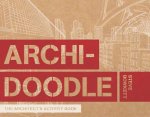
Archidoodle
18.78 € -23 % -
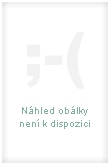
Computer Studies for Primary Schools: Book 1
12.82 € -

Nadja
12.21 € -16 % -

Balance Point: Star Wars Legends (the New Jedi Order)
10.67 € -7 % -

Linux for Beginners: An Introduction to the Linux Operating System and Command Line
29.66 € -

The Cruel Prince
18.68 € -14 % -
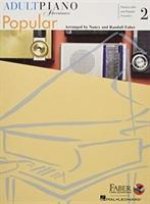
Adult Piano Adventures Popular Book 2
10.67 € -6 % -

Prism Oracle
22.37 € -4 % -

Ekstaza. Lata 90. Początek
11.90 € -13 % -
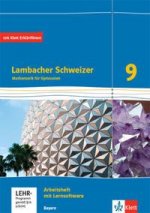
Lambacher Schweizer Mathematik 9. Arbeitsheft plus Lösungsheft und Lernsoftware Klasse 9. Ausgabe Bayern
20.63 € -
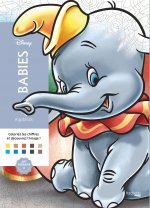
Coloriages mystères Disney Babies
21.35 € -
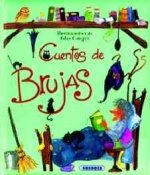
Cuentos de brujas
8.72 € -4 % -

Kultur, um der Freiheit willen
16.11 € -2 %
Darčekový poukaz: Radosť zaručená
- Darujte poukaz v ľubovoľnej hodnote, a my sa postaráme o zvyšok.
- Poukaz sa vzťahuje na všetky produkty v našej ponuke.
- Elektronický poukaz si vytlačíte z e-mailu a môžete ho ihneď darovať.
- Platnosť poukazu je 12 mesiacov od dátumu vystavenia.
Viac informácií o knihe Language assessment: Testing bilinguals?
Nákupom získate 109 bodov
 Anotácia knihy
Anotácia knihy
Seminar paper from the year 2003 in the subject Speech Science / Linguistics, printed single-sided, grade: 1,7, Free University of Berlin (John-F.-Kennedy-Institut / Abteilung Sprachwissenschaften), course: HS Language Policy and Language Use in Multicultural Societies, 15 entries in the bibliography, language: English, abstract: In the last decades, the number of bilingual children in German schools, most of them elective bilinguals, has continually increased. Numerous migrants and immigrants of all nationalities and of e.g. Russian and Turkish origin have raised their children in Germany while many of them never really learned to speak German as a second language (L2) additionally to their first language (L1). It is these kids of the second (or third) generation who are born as German citizens, receive German schooling and grow up bilingual. At home, often the native tongue of the parents is spoken. Due to being enclosed in a cultural community within their German community, they never learned to speak, read or write German properly. So the popular language at home remains the parents L1. The children are usually and according to law raised and educated in German institutions (kindergarten, school). They pick up German as a second language, if for example Turkish or Russian is mainly spoken at home. Or they even learn German as L1, when one or both parents have a sufficient command of the German language. Bilingualism in migrant communities differs from the more stable and (to some extent) institutionally legitimized types of bilingualism [ ] Characteristically, it spans three generations, the oldest speaker sometimes being monolingual in the community language, the economically active generation being to varying degrees bilingual but with greatly differing levels of competence in the host language, while children born in the host community may sometimes be virtually monolingual in the host language (Milroy and Muysken 1995, p. 2). These are two examples of possible bilingualism as they can be found with the children of migrant and immigrant families. So the reality in most of Berlin schools is that, depending on the district, a high to very high percentage of the pupils in school are Schüler-nicht-deutscher-Herkunftssprache 1. Recently a test has been designed to evaluate the skills of children who enter elementary school. This test, Bärenstark , will be critically discussed later in this paper. As a matter of fact, the importance of testing verbal skills seems to grow in Germany.
 Parametre knihy
Parametre knihy
Zaradenie knihy Knihy po anglicky Language linguistics
44.24 €
- Celý názov: Language assessment: Testing bilinguals?
- Autor: Andreas Krumwiede
- Jazyk:
 Angličtina
Angličtina - Väzba: Brožovaná
- Počet strán: 28
- EAN: 9783638820875
- ISBN: 3638820874
- ID: 01603101
- Nakladateľ: Grin Verlag
- Hmotnosť: 57 g
- Rozmery: 210 × 148 × 4 mm
- Rok vydania: 2008
Obľúbené z iného súdka
-

Bird by Bird
15.90 € -11 % -

Gateway to Sindarin
35.72 € -1 % -

Etymologicon
12.31 € -23 % -
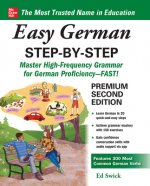
Easy German Step-by-Step, Second Edition
14.47 € -23 % -
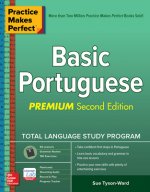
Practice Makes Perfect: Basic Portuguese, Premium Second Edition
14.47 € -23 % -

Remembering the Kanji 2
50.20 € -
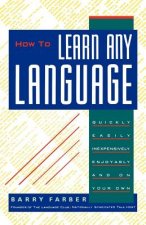
How to Learn Any Language
16.62 € -

Old English Grammar
14.47 € -19 % -

Japanese Language
9.13 € -19 % -
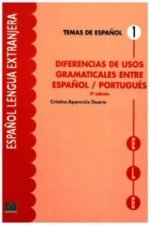
Temas de espanol Contrastiva:: Diferencias de usos gramaticales entre esp./portugues
17.65 € -
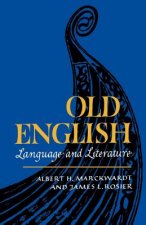
Old English
28.84 € -
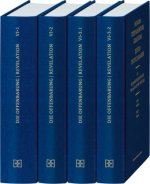
ECM VI. Offenbarung. Gesamtband
349.10 € -

Japanese For Dummies, 3rd Edition
22.07 € -23 % -
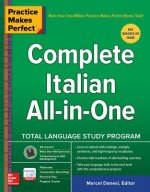
Practice Makes Perfect: Complete Italian All-in-One
43.01 € -
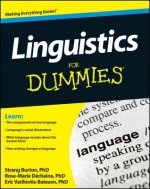
Linguistics For Dummies
17.03 € -20 % -

Japanese Character Writing For Dummies
13.03 € -21 % -
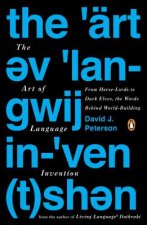
Art Of Language Invention
17.86 € -17 % -
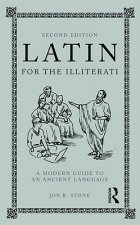
Latin for the Illiterati
28.74 € -
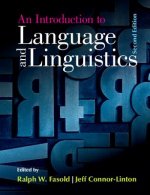
Introduction to Language and Linguistics
59.03 € -4 % -

English Language
12.31 € -23 % -

Arabic Character Writing For Dummies
13.13 € -20 % -

History of the English Language
65.50 € -
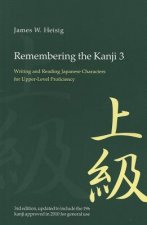
Remembering the Kanji 3
42.09 € -
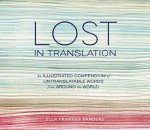
Lost in Translation
12.72 € -23 % -

In the Land of Invented Languages
15.39 € -21 % -
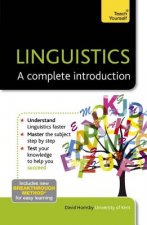
Linguistics: A Complete Introduction: Teach Yourself
16.62 € -23 % -

S/Z
18.37 € -6 % -
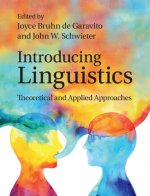
Introducing Linguistics
54.61 € -7 % -

Spanish Essentials For Dummies
11.18 € -23 % -
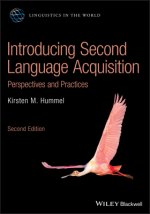
Introducing Second Language Acquisition - Perspectives and Practices
51.12 € -2 % -

Languages of the Andes
151.44 € -

Stories and Poems/Cuentos y Poesias
16.62 € -4 % -

UNFOLDING OF LANGUAGE
22.27 € -5 % -
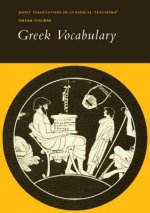
Reading Greek: Greek Vocabulary
32.95 € -
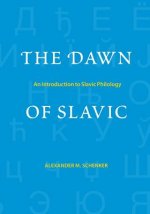
Dawn of Slavic
62.52 € -

Linguistics: An Introduction
33.87 € -11 % -
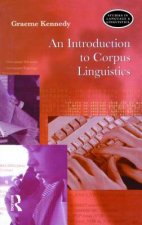
Introduction to Corpus Linguistics
82.03 € -
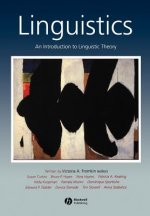
Linguistics - An Introduction to Linguistic Theory
136.45 € -
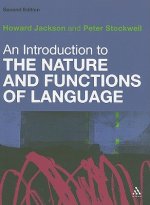
Introduction to the Nature and Functions of Language
70.53 € -
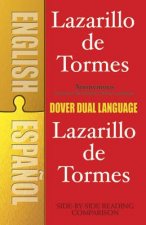
Lazarillo de Tormes (Dual-Language)
8.61 € -16 % -
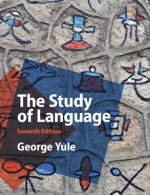
The Study of Language
39.32 € -

Complete Estonian
43.73 € -23 % -

Egyptian Arabic
15.70 € -3 % -

Arabic For Dummies, 3rd Edition
24.84 € -21 % -

Way of the Linguist
14.36 € -

Language
14.47 € -23 % -

Cambridge Encyclopedia of the English Language
61.39 € -

Arabic Script Hacking
13.95 € -12 % -

Guidebook to Sociolinguistics
42.91 €
Osobný odber Bratislava a 2642 dalších
Copyright ©2008-24 najlacnejsie-knihy.sk Všetky práva vyhradenéSúkromieCookies



 21 miliónov titulov
21 miliónov titulov Vrátenie do mesiaca
Vrátenie do mesiaca 02/210 210 99 (8-15.30h)
02/210 210 99 (8-15.30h)